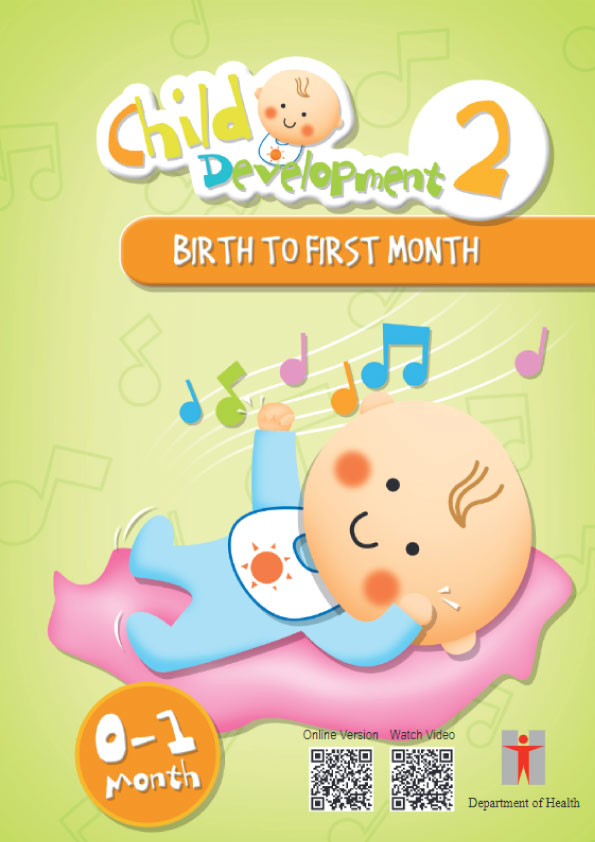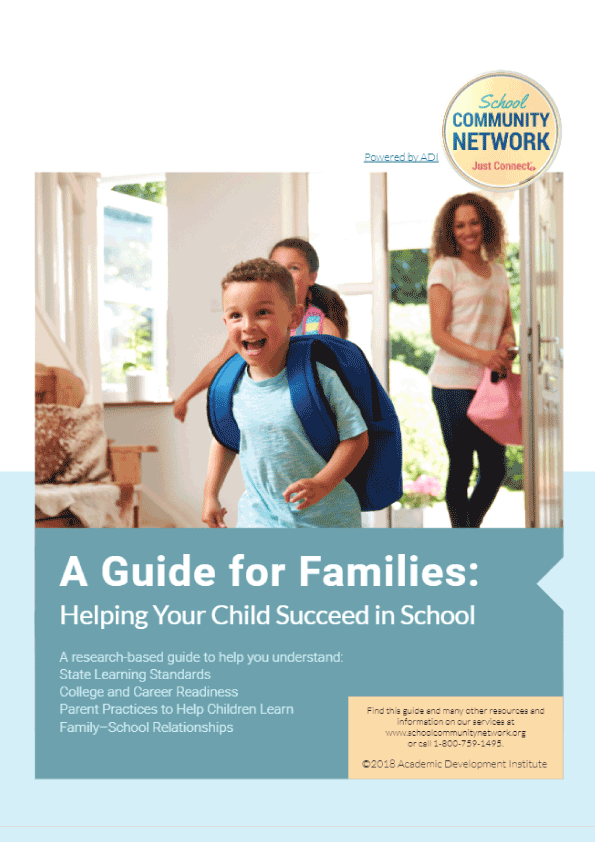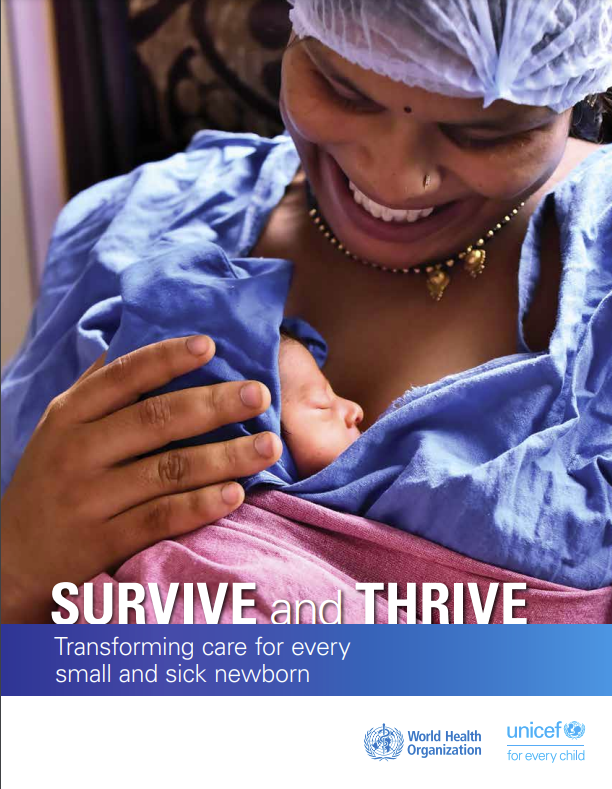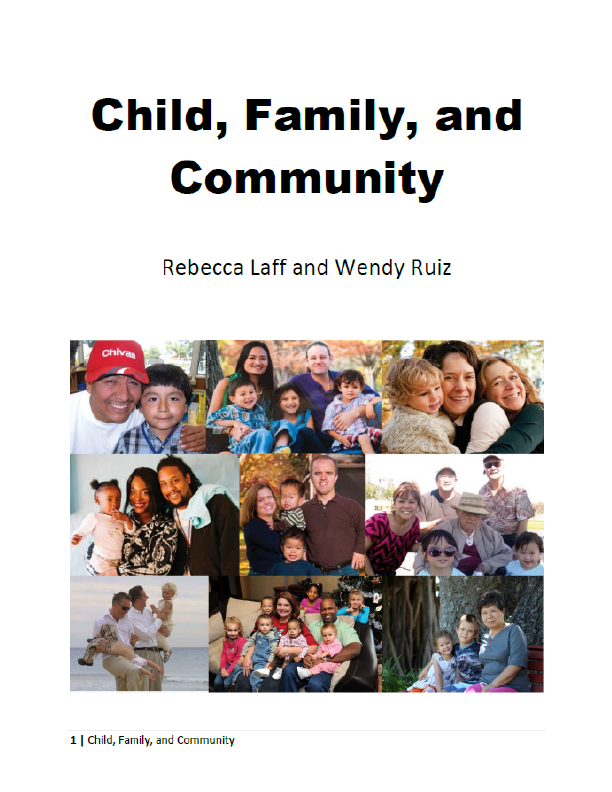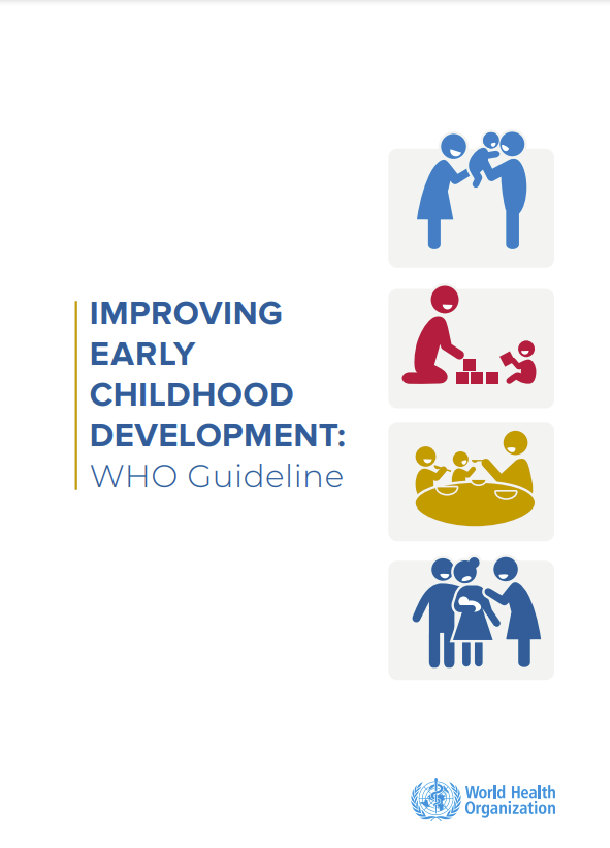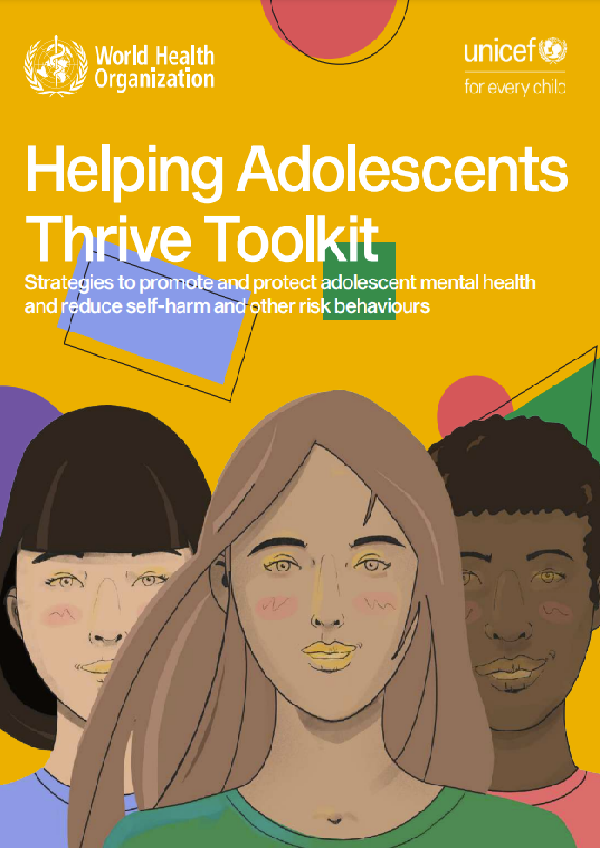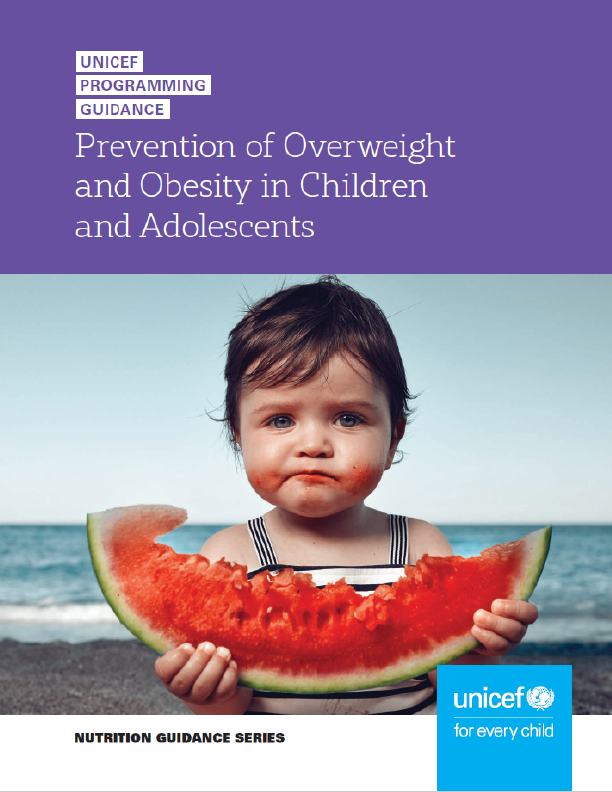The birth of a new baby means great joy to the family and signifies the beginning of a new journey for all. Although your baby seems to do nothing other than eating, sleeping, crying and filling his diapers, he is actually adjusting and getting to know this new world. You are gradually bonding with your baby as you respond to and care for him.
By the end of the first month, your baby will become more active, alert and responsive. He will start to move his limbs more smoothly. He will become more aware of the surroundings and responsive to your face and sound in the environment.
By the end of the first month, your baby will be able to:
Movement
- Move with jerky, mostly uncoordinated arm thrusting and leg kicking
- Lift head briefly when lying on her tummy but cannot support head without assistance
- Keep hands fisted most of the time but can reflexively grasp whatever is placed in her hand
- Bring hands within range of the mouth and eyes
- Startled by sudden noises and movements of her baby
Vision
- Show preference for human face, followed by high-contrasted patterns, e.g. black-and-white patterns
- Focus best at near, about 8 to 10 inches (20 – 25 cm)
- Follow human face or large attractive objects briefly
Hearing
- Pay attention to human voices especially high-pitched ones
- Respond to sound by blinking, jerking of limbs, or “freezing” of his own activity
- Soothed by mother’s voice and soft music
Social communication
- Recognize the scent of mother
- Smile unselectively at first and then in response to social stimulation
Other senses
- Distinguish certain smells, e.g. the scent of her mother and breastmilk
- Sensitive to touch, holding, gentle stroking and rocking. Cuddling will calm the baby down
- Dislike rough and abrupt handling
Facilitating infant’s development
What you can do:
- Respond to your baby’s crying
- Cuddle and hold him
- Talk and sing to him
- Exchange look with him
Toys that you can choose:
- Mobiles with highly contrasting colours and patterns
- Music box or soft music from tapes or CDs
- Soft toys that make gentle sounds
The above information only gives you a general idea of the changes expected as your child grows. Each baby is unique and wide variations in the pace of development are often normal. Don’t be over alarmed if your baby takes a slightly different timing or fails to attain certain ability at some stage. It may only signal a need for more attention.
Discuss with doctors or nurses if, by the end of this period, your baby
- Seldom moves her arms or legs
- Appears excessively floppy or stiff
- Does not blink to bright light
- Does not focus or follow your face briefly at near
- Does not respond to loud noises
